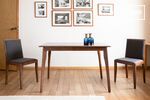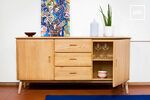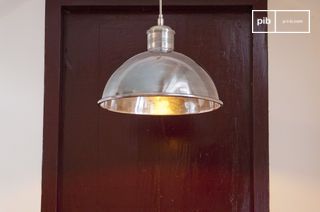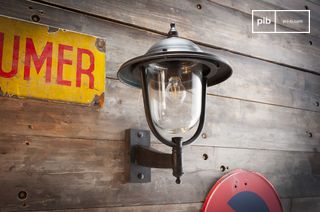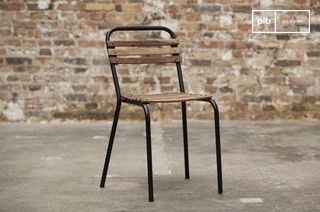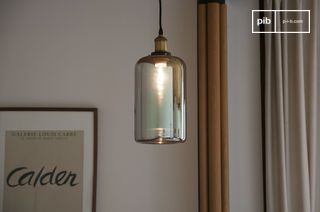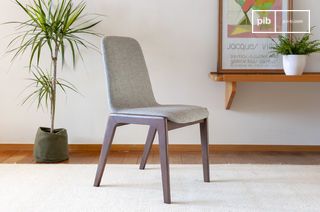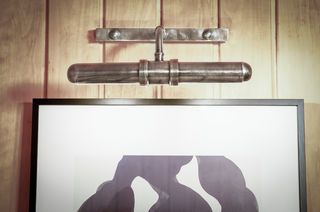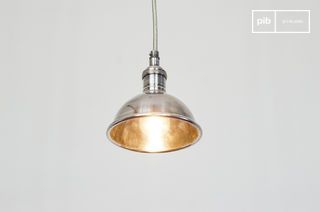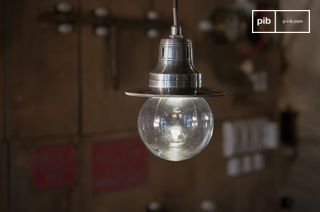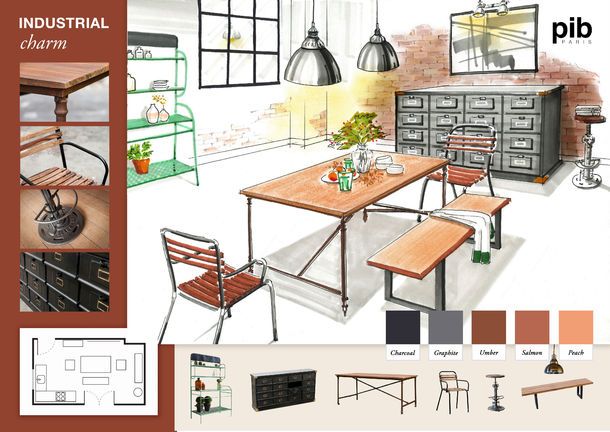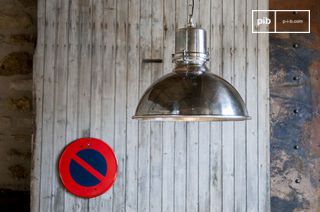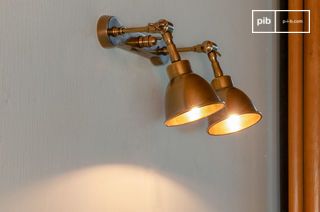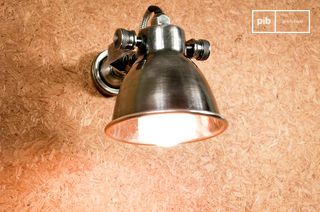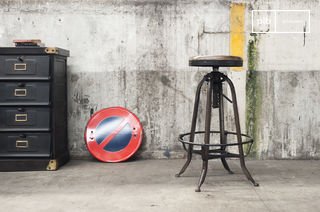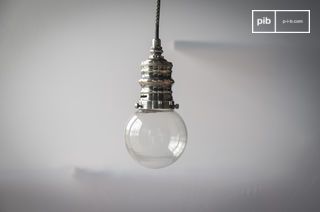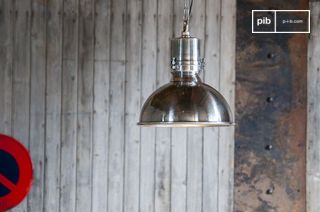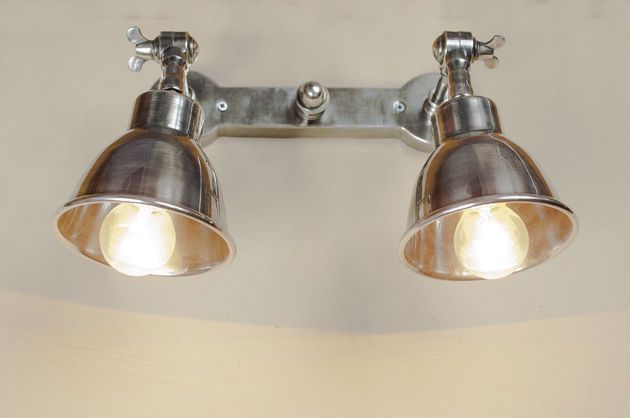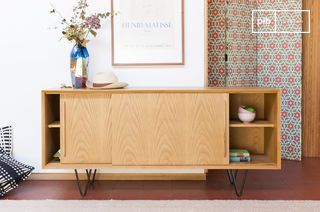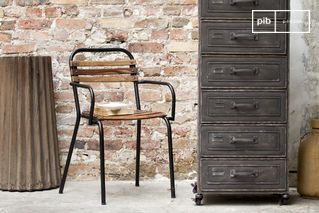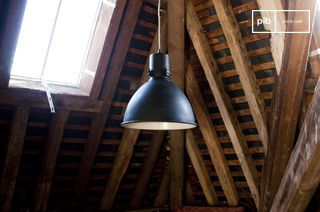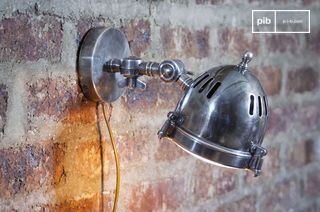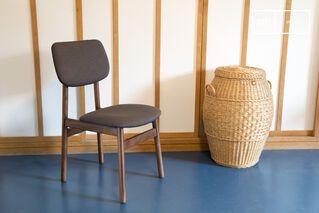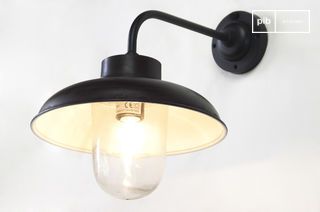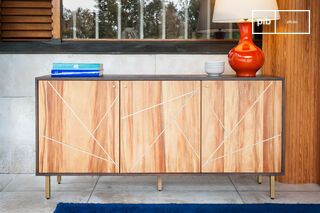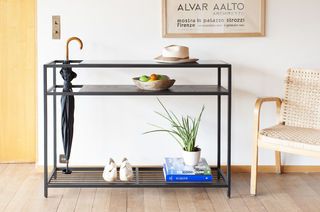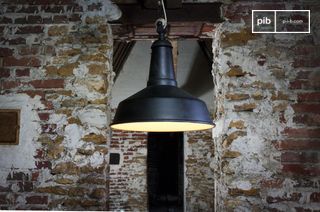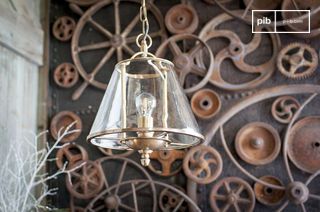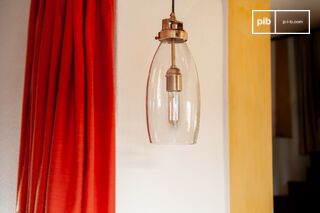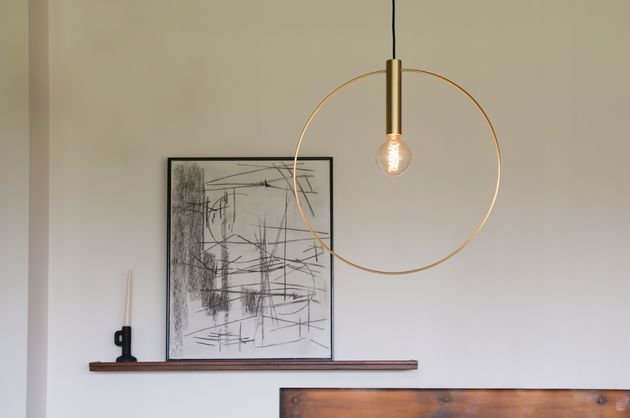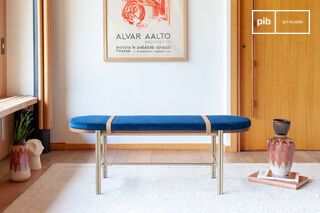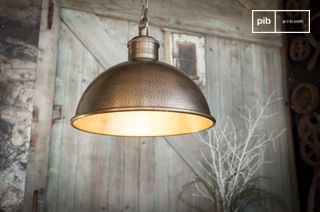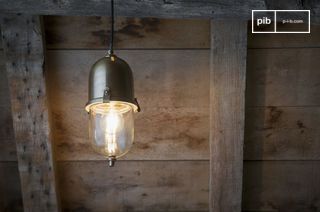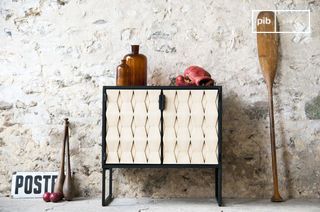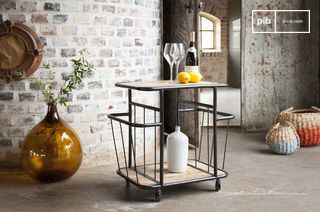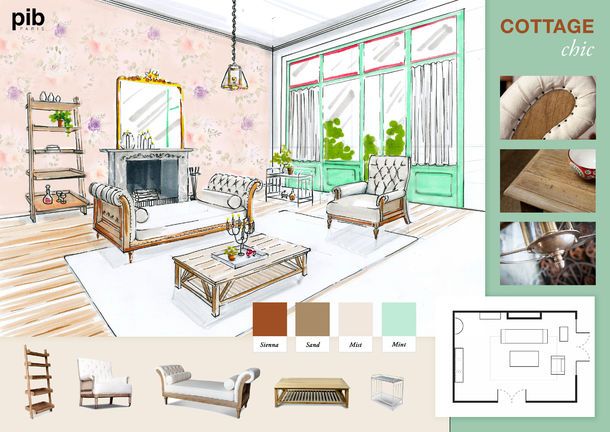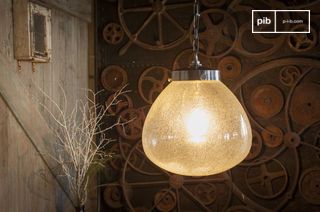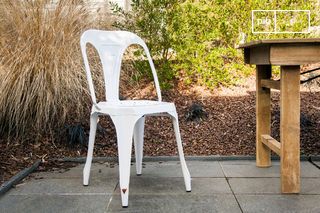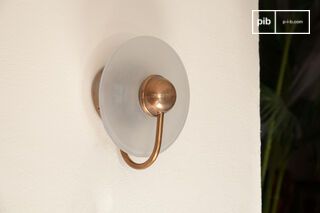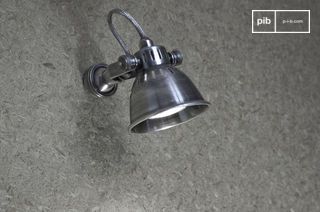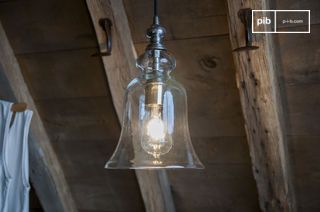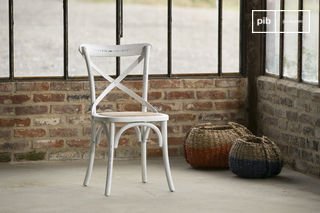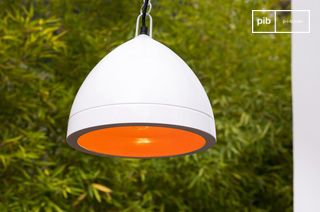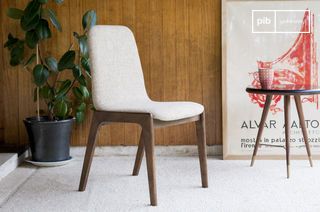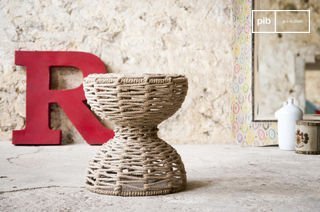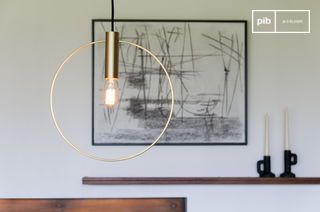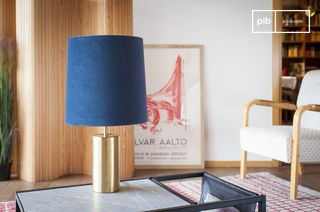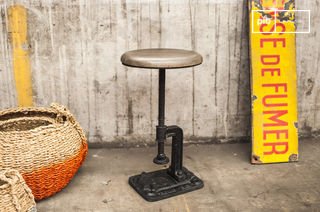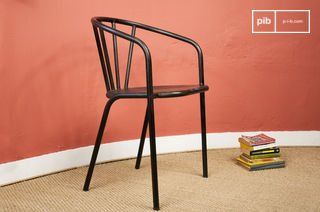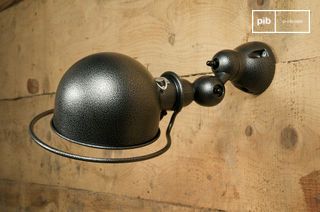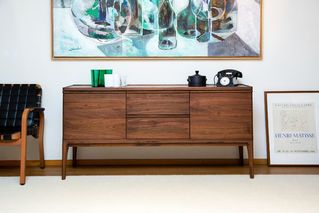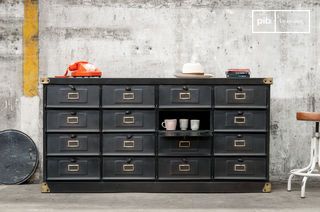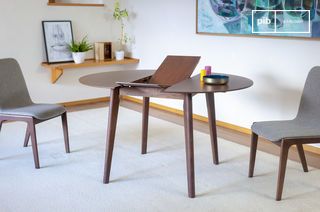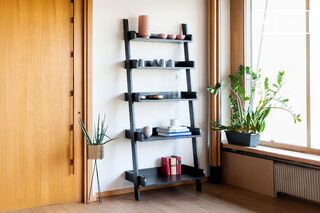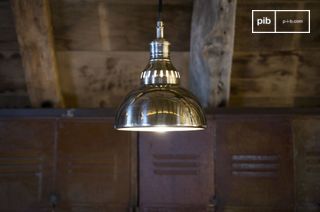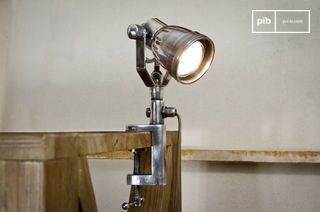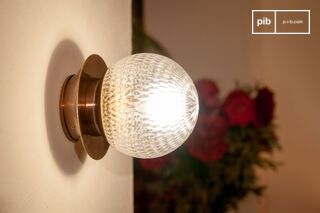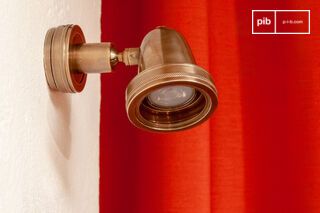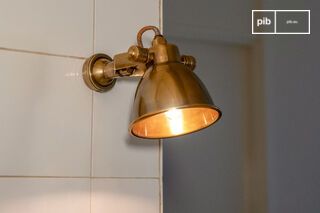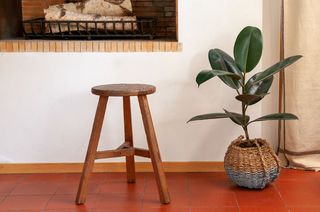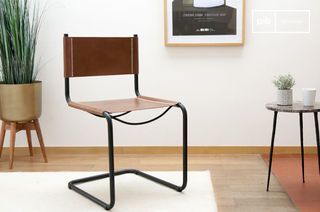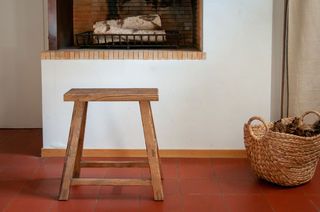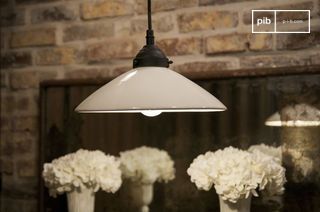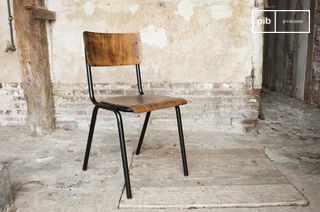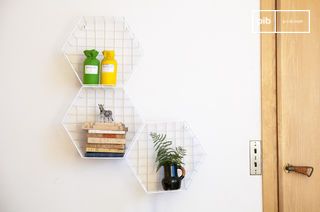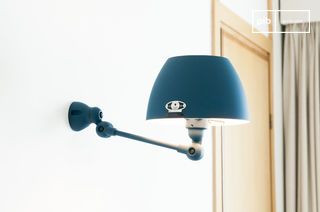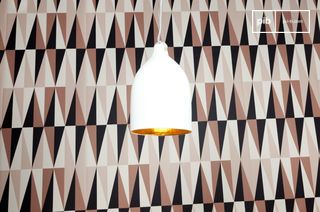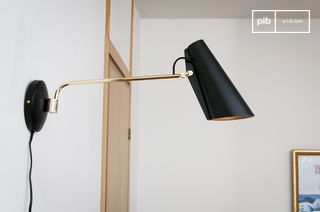Kitchen
The Kitchen category brings together furniture designed to organize preparation, storage and meals in an often constrained space. Worktops, islands, stools, chairs and china cabinets are treated as functional objects with precise proportions. Materials such as wood, metal, ceramic or laminate are chosen for their stability, ease of maintenance and ability to visually structure storage areas. Kitchen furniture defines functions without compartmentalizing, integrating circulation, posture and handling into a coherent whole. read more >
Filters
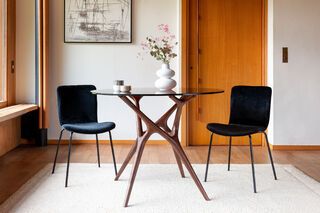
Round glass table with dark solid ash for 4 peopleSylvae
£1025 £920-10%
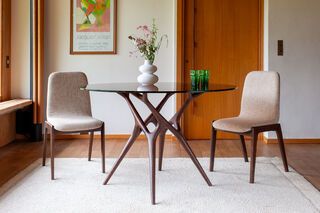
Round glass table with dark solid ash for 6 peopleSylvae
£1195 £1070-10%
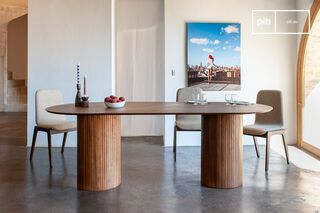
Walnut-tone wood oval table for 8Ligna
£1210 £1090-10%
10 festive days
10% off our tables and consoles
Welcome your guests in style · Limited stock
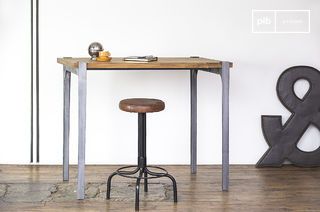
Solid wood high tableWellington
£785 £705-10%
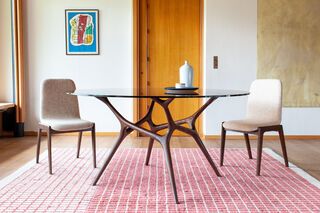
Round glass table with dark solid ash for 8 peopleSylvae
£1560 £1400-10%
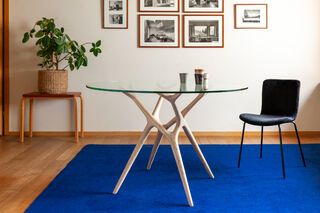
Round glass table with light solid ash for 6 peopleSylvae
£1195 £1070-10%
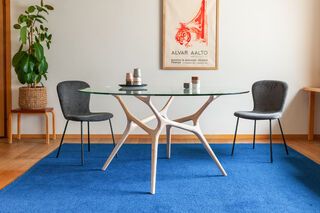
Round glass table with light solid ash for 8 peopleSylvae
£1560 £1400-10%
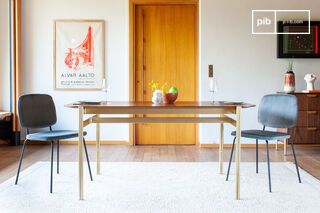
Dark wood dining tableAurora
£1070 £960-10%
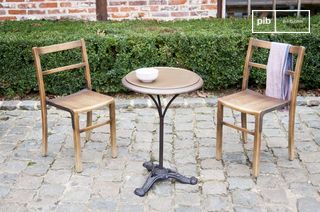
Round bistro table wood and metalVaiana
£480 £430-10%
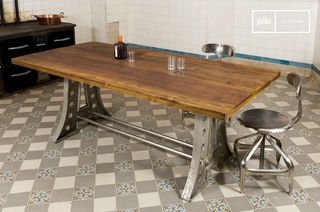
Solid Wood Dining TableNormandie
£1700 £1530-10%
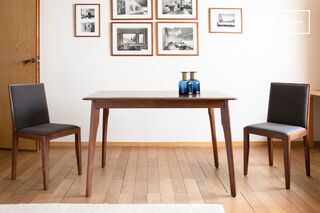
Small dark wood dining tableUmea
£585 £525-10%
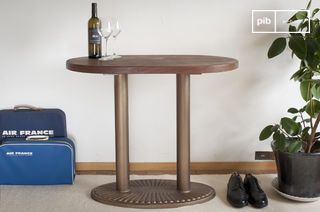
Small oval wooden dining tableWashington
£705 £635-10%
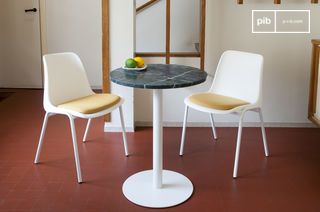
Green marble bistro tableLasby
£510 £455-10%

Functional organization and hierarchy of elements
Kitchen furniture responds to a structured layout logic, with clearly differentiated zones: preparation, cooking, washing, eating. Each element - worktop, sideboard, tall cupboard, seat - fits into this division. Fixed furniture (island, low or high shelving) defines the main functions. Mobile or lightweight furniture (stool, sideboard, stacking chair) complements these, depending on the available surface and the number of users. Access, posture and circulation are all essential. Each piece of furniture must allow fluid handling, without unnecessary displacement.
Materials used and maintenance logic
The materials used in kitchen furniture are chosen for their resistance to moisture, impact and daily use. Oiled solid wood, high-pressure laminate, ceramic, powder-coated metal or stainless steel are common. Surfaces must be flat, easy to clean and free of excessive roughness. Handles, hinges, feet or castors are integrated or discreet, with a view to functional durability. Visual recognition of materials is also essential: a variation in tone between the worktop and the fronts allows you to quickly distinguish areas of action.
Spatial layout and compatibility with other rooms
Kitchen furniture adapts to a wide variety of configurations: in line, L-shaped, U-shaped, with or without an island. It often fits into a room open to the living room, which requires controlled visual continuity. High seats can be used to extend an island dining area, while low storage units reduce the visual impact of a multifunctional space. Colors, finishes and materials must take into account the adjacent furniture. Kitchen furniture cannot be read in isolation: it communicates with other volumes in the home, through its height, texture and use.
Kitchen furniture is not limited to a technical function. It organizes the gestures, accesses and rhythms of a central living space. Its legibility, sturdiness and material coherence determine the quality of its integration into the domestic space.
Kitchen furniture is not limited to a technical function
